Neon Museum in Vegas to Restore 1960s Flamingo Sign
Posted on: December 11, 2023, 07:13h.
Last updated on: May 22, 2024, 07:27h.
The Neon Museum has announced plans to restore an icon of Las Vegas that it’s possessed for decades without any public knowledge.
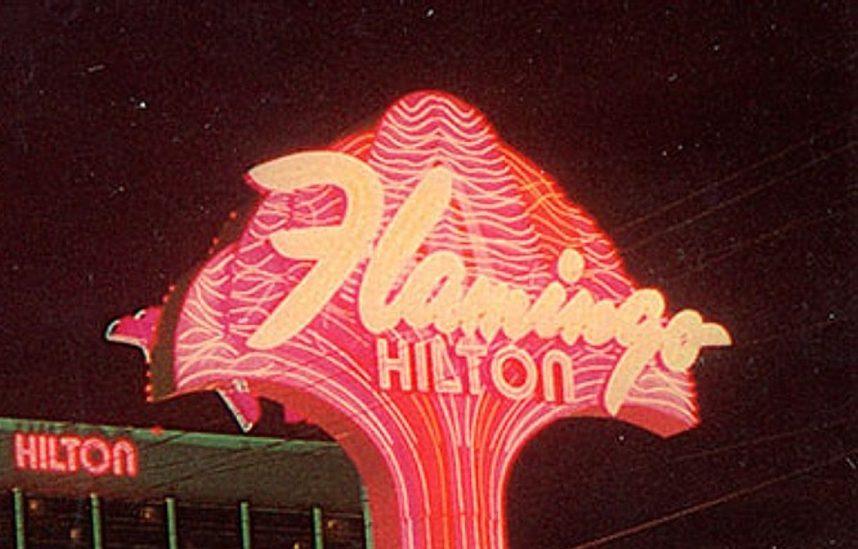
Since it was acquired, it has even been on display … sort of.
Much like a real flamingo sticking its head in the sand, the famous Flamingo sign has been hiding in plain sight — in pieces behind the “Wedding Information” sign used in the 1940s at the Ali Baba Wedding Center by the airport.
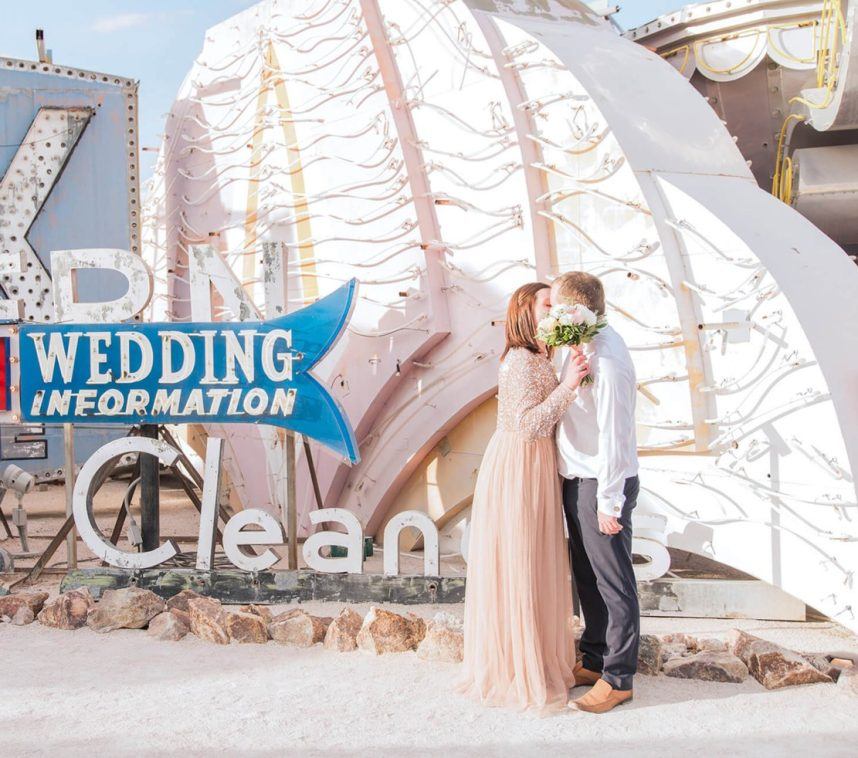
Thousands of couples springing for the museum’s $950 an hour wedding rental fee have it in the background of their wedding photos and don’t even know it.
Known as either the plume or the pylon sign, it was installed in 1976 based on a design by Bill Clarke, corporate art director for Southern California sign company Ad Art, who also designed signs for the Castaways and Thunderbird in 1965, and the Frontier in 1966.
Signing Off
The Flamingo pylon sign was removed in 1987, to make room for O’Shea’s Casino, which would open on the site two years later. O’Shea’s was demolished in 2012 and a smaller version opened in the Linq Promenade the following year.
The pylon sign was donated to the museum by the Flamingo in 2003. The resort’s previous owner, the Hilton Corporation, had, fortunately, placed it in storage 16 years earlier.
No replacement Flamingo sign was ever constructed, since the current Flamingo sign, nicknamed the “bull nose,” has advertised the resort’s famous name in a sufficiently large manner to the Las Vegas Strip since it was added during a 1977 renovation.
What’s the Big Deal?
The Flamingo is the oldest surviving resort name on the Strip, having opened in December 1946. And its name — imprinted forever on pop culture because of Hollywood’s fascination with the mobster who opened it, Bugsy Siegel — will be a huge draw for the museum, which plans to use it as a prime showcase to visitors of its elaborate restoration process.
Sadly, nothing remains of the original resort, whose last remnants were destroyed during a 1993 renovation. That would make the restored plume sign its oldest surviving relic.
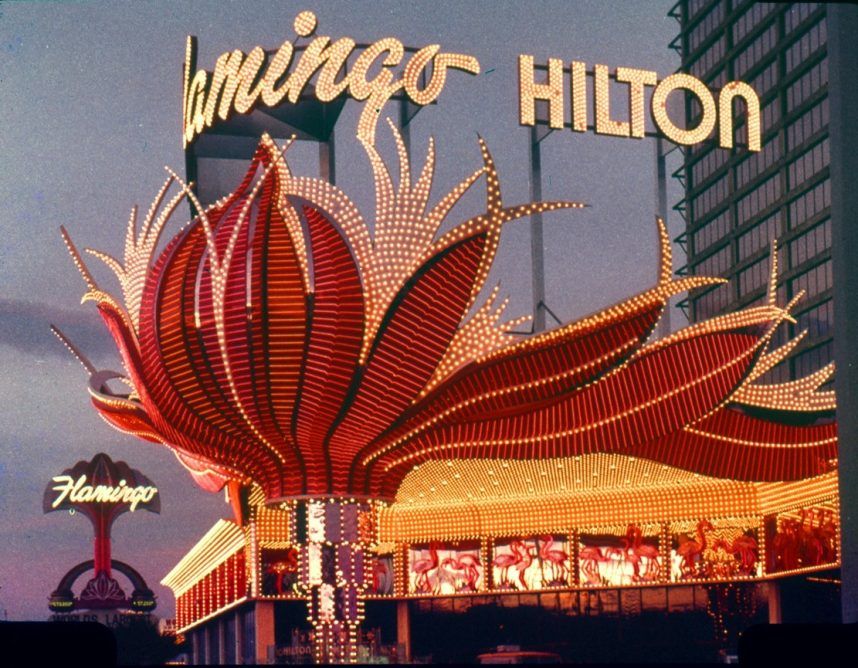
What’s in Restore
The plume sign is expected to be fully restored and on proper display at the Neon Museum by May 2024. Three main donors have promised to cover the cost, which is expected to be well in the six figures — unusually high for the museum — because it’s so big and because so much of its original neon will need to be replaced.
The donors are Andrew Pascal, CEO of online gambling company Play Studios; Felicia French, CEO of textile company Opuzen; and Emily Conner Cooper, the widow of Las Vegas comedian Pat Cooper, who died in June at age 93.
Conner Cooper told the Las Vegas Review-Journal she wants to restore the signs because her husband’s first Las Vegas gig was at the Flamingo in 1963.
“I didn’t even know these existed, I just thought ‘Oh my god, that old plume sign was so beautiful, you know what a shame it’s gone,’” Conner Cooper told the newspaper. “And then to be able to light up these pieces again to me, it’s just very exciting and it’s very emotional.”
Related News Articles
Fake History: ‘Historic’ Showgirl Sign isn’t the Original
VEGAS MYTHS RE-BUSTED: The Flamingo Was the First Strip Casino
Las Vegas Strip’s Oldest Rooms Permanently Closed Since November
Most Popular
Mirage Las Vegas Demolition to Start Next Week, Atrium a Goner
Where All the Mirage Relics Will Go
Most Commented
-
Bally’s Facing Five Months of Daily Demolition for Chicago Casino
— June 18, 2024 — 12 Comments
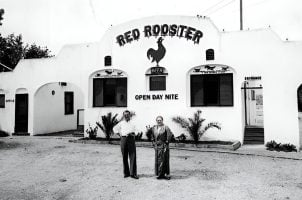
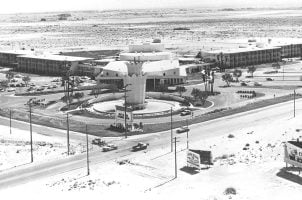






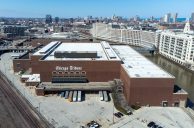






Last Comment ( 1 )
If you haven't been to the Neon Museum before. You definitely need to go. Especially great are the guided tours. So interesting and informative!